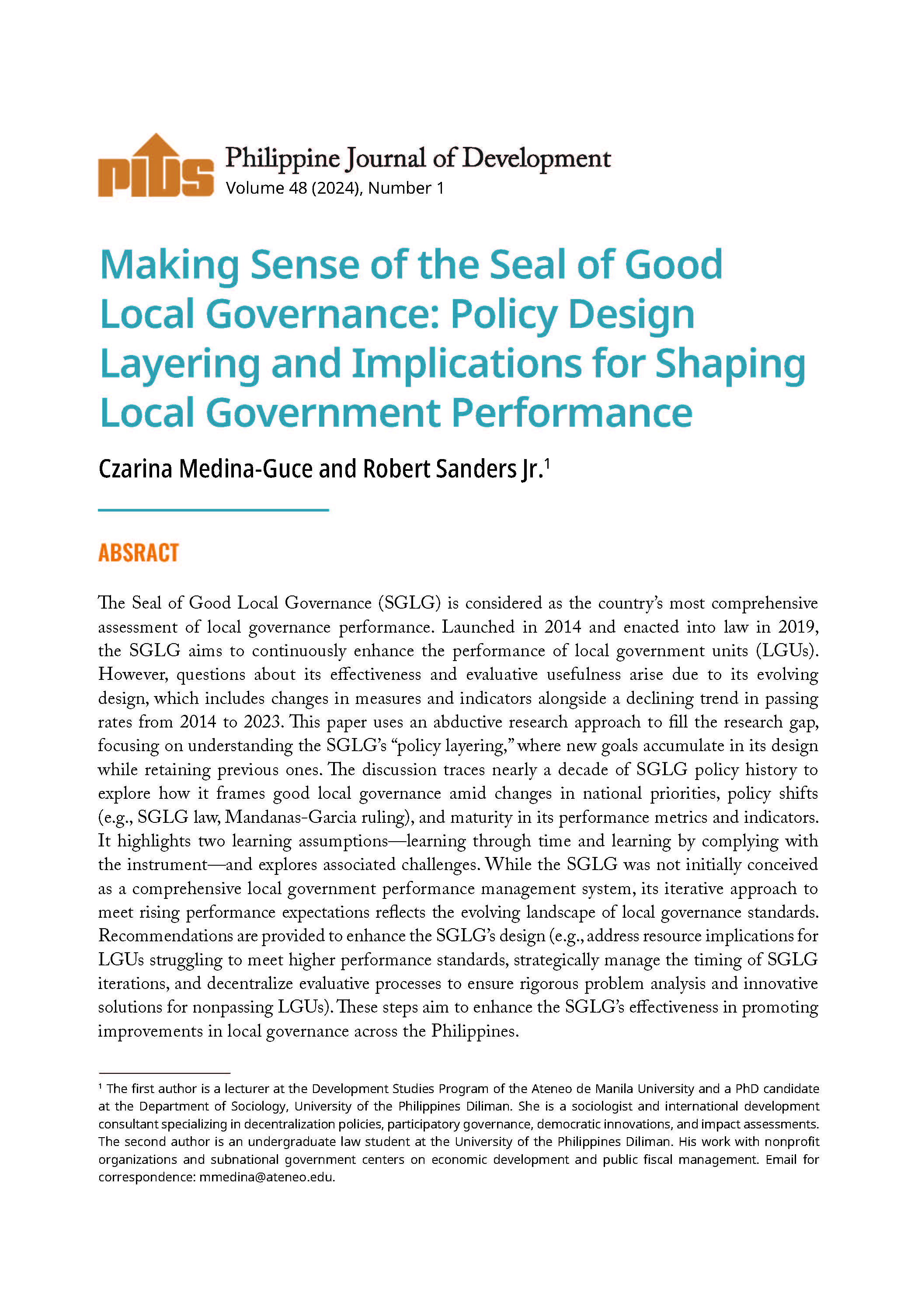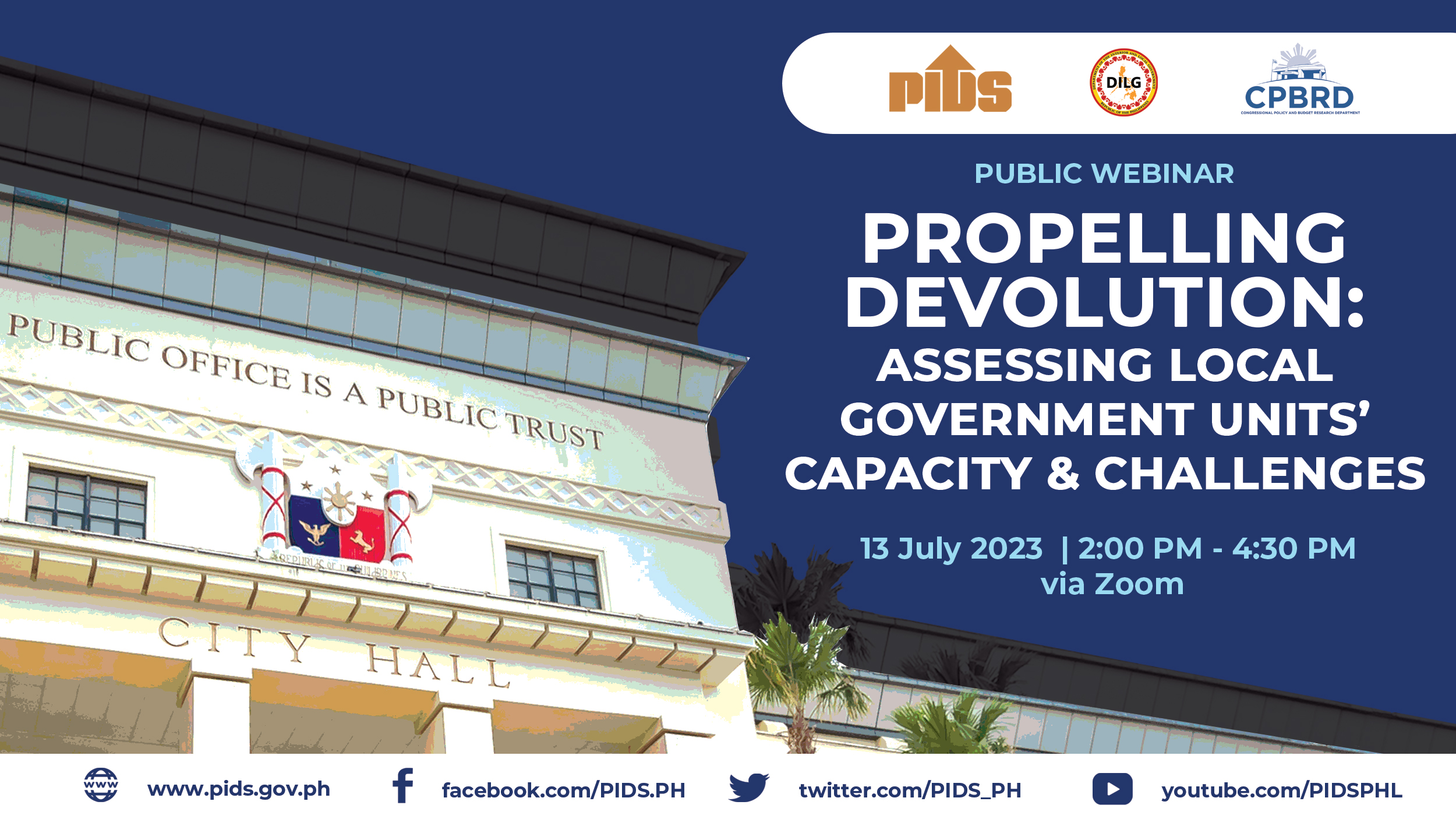The Department of Agriculture said fiscal and technical support to rice farmers amounted to P34 billion in the first half, on top of free irrigation services provided by the National Irrigation Administration.
Agriculture Secretary Willian Dar said consumers also saved P72 billion because of lower retail prices of rice, following the lifting of import restrictions on the grain.
Dar said Farmers benefited from free seeds and fertilizers, farm machinery, credit assistance and trainings under the P10-billion Rice Competitiveness Enhancement Fund.
The agency also provided P8.5 billion under the Rice Resiliency Program, P7 billion under the National Rice Program, more than P2.5 billion in credit and P6 billion as amelioration under the rice farmers’ financial assistance and financial subsidy for rice farmers.
“This alone indicates the importance and priority given to rice farmers, and this is just for the first year of RTL alone. We are striving for a bigger allocation for the rice sector in 2021,” Dar said.
He said the amount was equivalent to more than half of the department’s approved budget of P64 billion in 2020.
Dar said the government invested into the rice industry sector to ease the “birth pains” from the influx of imported rice resulting from the Rice Tariffication Law.
Computations made by the Department of Finance and the Philippine Institute for Development Studies showed that initial losses in the sector could reach between P36 billion and P39 billion.
The shortfall was calculated using data from 2015 to 2017, and excluding the 2018 “abnormal” year when “artificial shortage of the commodity caused rice prices to skyrocket.”
The entry of imported rice also resulted in the reduction of consumer prices for regular milled rice, from a high of P45 per kilo to P37.
Dar said the P72 billion in savings gained by ordinary consumers enabled them to buy other basic food commodities and necessities.
The stability of rice prices, one of the major components of the food basket, contributed to the decline in inflation rate from 6 percent to 2 percent.
He said that despite the effect of the health crisis on the economy, rice supply and prices remained stable under the Rice Tariffication Law.
Agriculture Secretary Willian Dar said consumers also saved P72 billion because of lower retail prices of rice, following the lifting of import restrictions on the grain.
Dar said Farmers benefited from free seeds and fertilizers, farm machinery, credit assistance and trainings under the P10-billion Rice Competitiveness Enhancement Fund.
The agency also provided P8.5 billion under the Rice Resiliency Program, P7 billion under the National Rice Program, more than P2.5 billion in credit and P6 billion as amelioration under the rice farmers’ financial assistance and financial subsidy for rice farmers.
“This alone indicates the importance and priority given to rice farmers, and this is just for the first year of RTL alone. We are striving for a bigger allocation for the rice sector in 2021,” Dar said.
He said the amount was equivalent to more than half of the department’s approved budget of P64 billion in 2020.
Dar said the government invested into the rice industry sector to ease the “birth pains” from the influx of imported rice resulting from the Rice Tariffication Law.
Computations made by the Department of Finance and the Philippine Institute for Development Studies showed that initial losses in the sector could reach between P36 billion and P39 billion.
The shortfall was calculated using data from 2015 to 2017, and excluding the 2018 “abnormal” year when “artificial shortage of the commodity caused rice prices to skyrocket.”
The entry of imported rice also resulted in the reduction of consumer prices for regular milled rice, from a high of P45 per kilo to P37.
Dar said the P72 billion in savings gained by ordinary consumers enabled them to buy other basic food commodities and necessities.
The stability of rice prices, one of the major components of the food basket, contributed to the decline in inflation rate from 6 percent to 2 percent.
He said that despite the effect of the health crisis on the economy, rice supply and prices remained stable under the Rice Tariffication Law.












